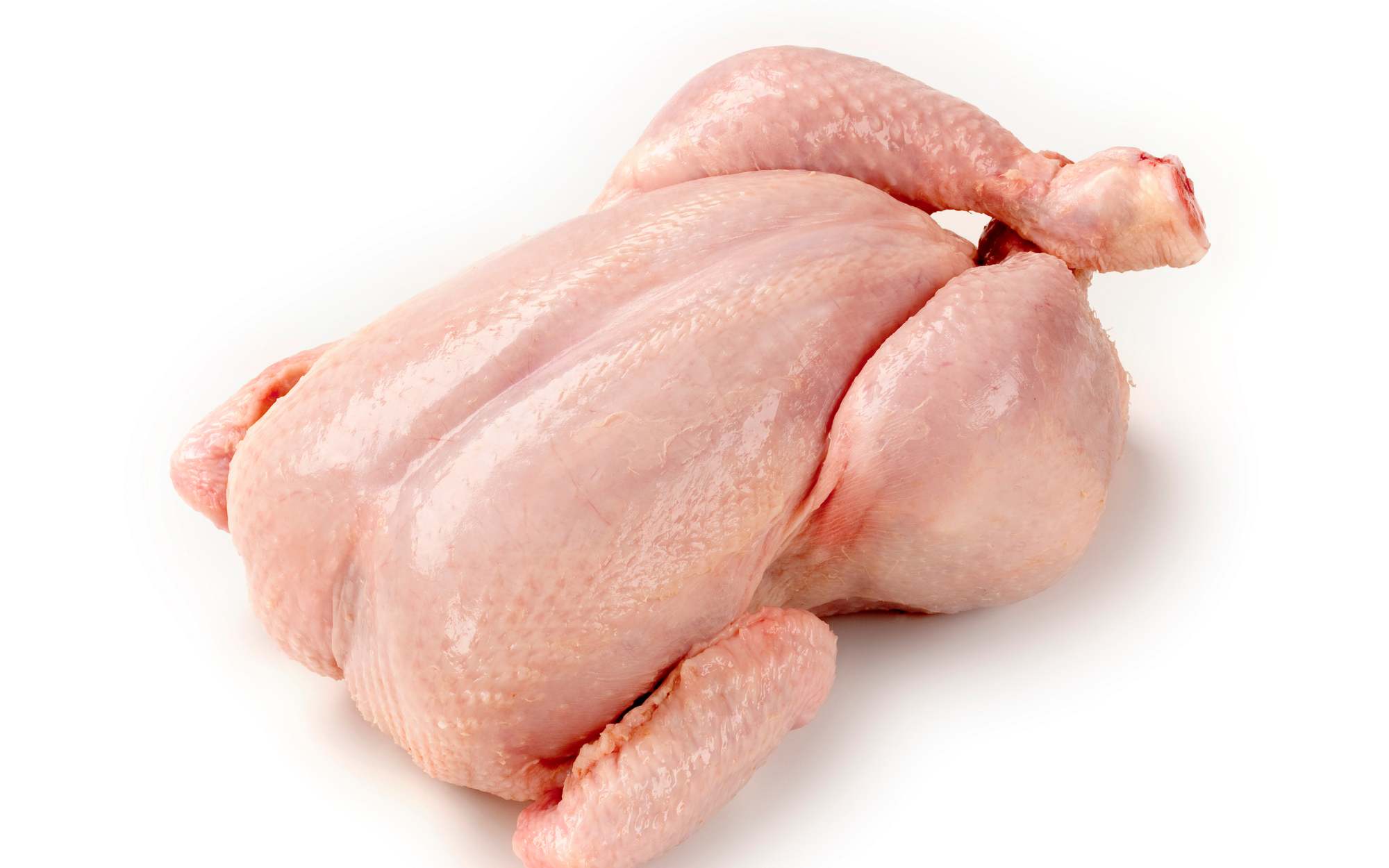A recent report by the UN Food and Agriculture Organization (FAO) and World Health Organization (WHO) highlights the challenges in controlling Campylobacter contamination in chicken meat. Despite various interventions tested, no method has been found to effectively control the bacterium.
The Joint FAO/WHO Expert Meeting on Microbial Risk Assessment (JEMRA) reviewed scientific literature and data from 2008 to October 2022. They assessed interventions at different stages of the broiler production chain, from chick placement to consumer handling.
Interventions discussed included biosecurity measures, vaccination, bacteriophages, feed and water additives, and probiotics during primary production. Processing methods such as chemical aids, physical treatments like irradiation or freezing, and post-processing steps like thorough cooking were also considered.
While some methods showed promise at laboratory or pilot scale, their effectiveness at commercial scale remains uncertain. Biosecurity measures were identified as the most effective tool to reduce contamination throughout production stages.
Currently, no commercial vaccines are available, but potential candidates are being explored. Chemical processing aids showed varying effectiveness, influenced by factors like initial contamination levels and application conditions.
Processing stages like defeathering and evisceration were associated with increased carcass contamination. Proper hygiene practices and training of food handlers are crucial to prevent cross-contamination in commercial kitchens.
The report emphasizes the need for further research to identify effective interventions on a large scale. Employing a combination of processing effects may enhance Campylobacter control measures, but more investigation is required to develop comprehensive strategies.
Source: Food Safety News
Reach out to Fresh Group Food Safety And Quality Consulting for any inquiries related to food quality and safety.




